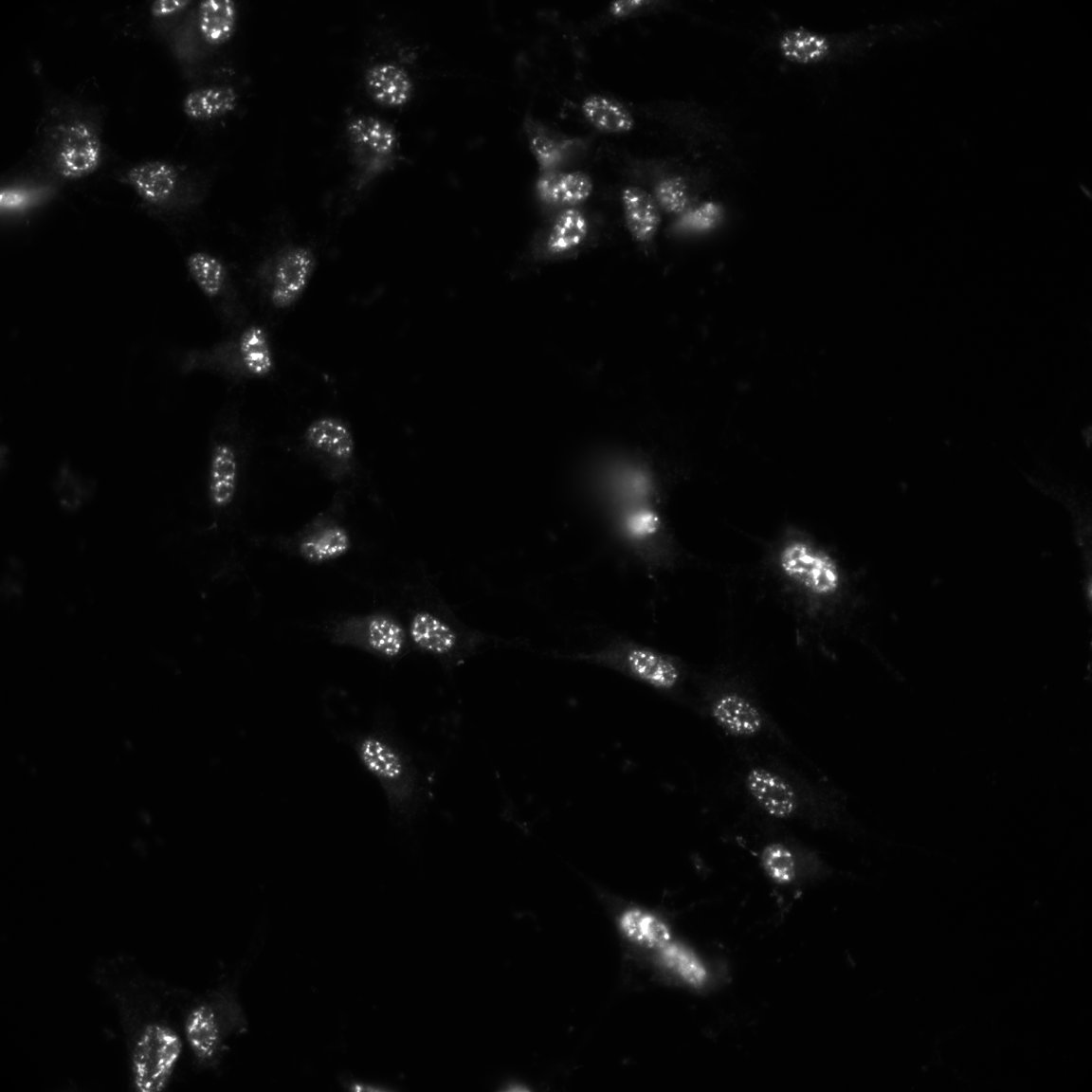Forschung/Research
We are interested in cellular processes involving reactive oxygen species (ROS). ROS can perform signaling functions, but they can also have harmful effects on cellular components in the form of oxidative stress. Our model systems are human and mural neuronal cell lines as well as the fruit fly Drosophila melanogaster.
-
-
Forschung am Modellorganismus Drosophila melanogaster
-


-
-
Forschung an neuronalen Zelllinien
-
-



Publikationen
The Impact of Medium Chain and Polyunsaturated ω-3-Fatty Acids on Amyloid-β Deposition, Oxidative Stress and Metabolic Dysfunction Associated with Alzheimer's Disease. Antioxidants, 2021, doi: 10.3390/antiox10121991
The medium-chain fatty acid decanoic acid reduces oxidative stress levels in neuroblastoma cells. Sci Rep. 2021, doi: 10.1038/s41598-021-85523-9.
Metabolic Profiling of SH-SY5Y and Neuro2A Cells in Relation to Fetal Calf Serum (FCS) Concentration in Culture Media. Metabolites, 2024, doi: 10.3390/metabo14040188.
Orthologs of NOX5 and EC-SOD/SOD3: dNox and dSod3 Impact Egg Hardening Process and Egg Laying in Reproductive Function of Drosophila melanogaster. IJMS, 2024, doi: 10.3390/ijms25042105.
